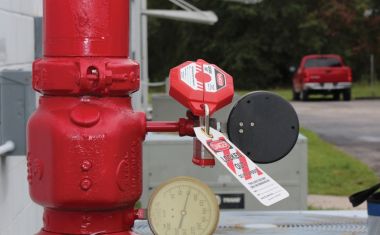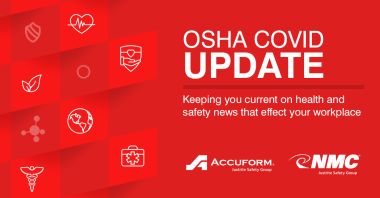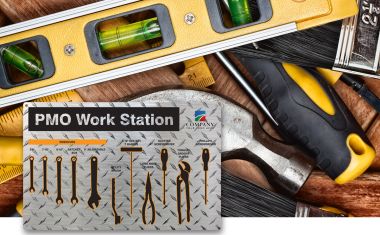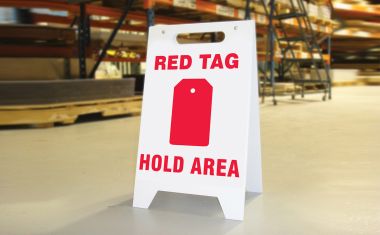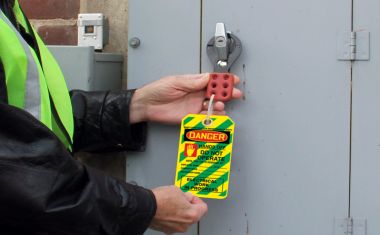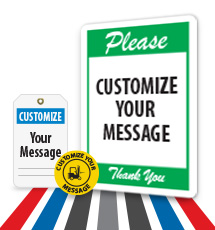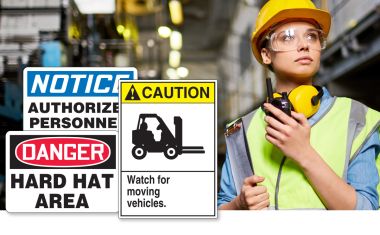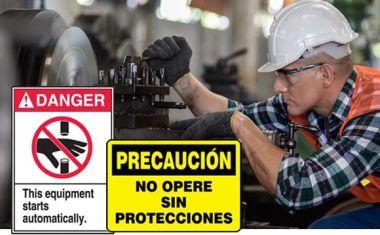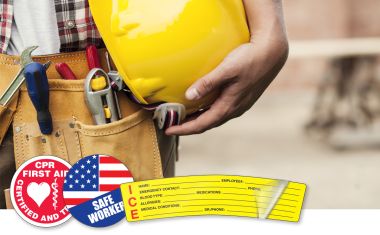Are Workers Wearing the Right PPE?
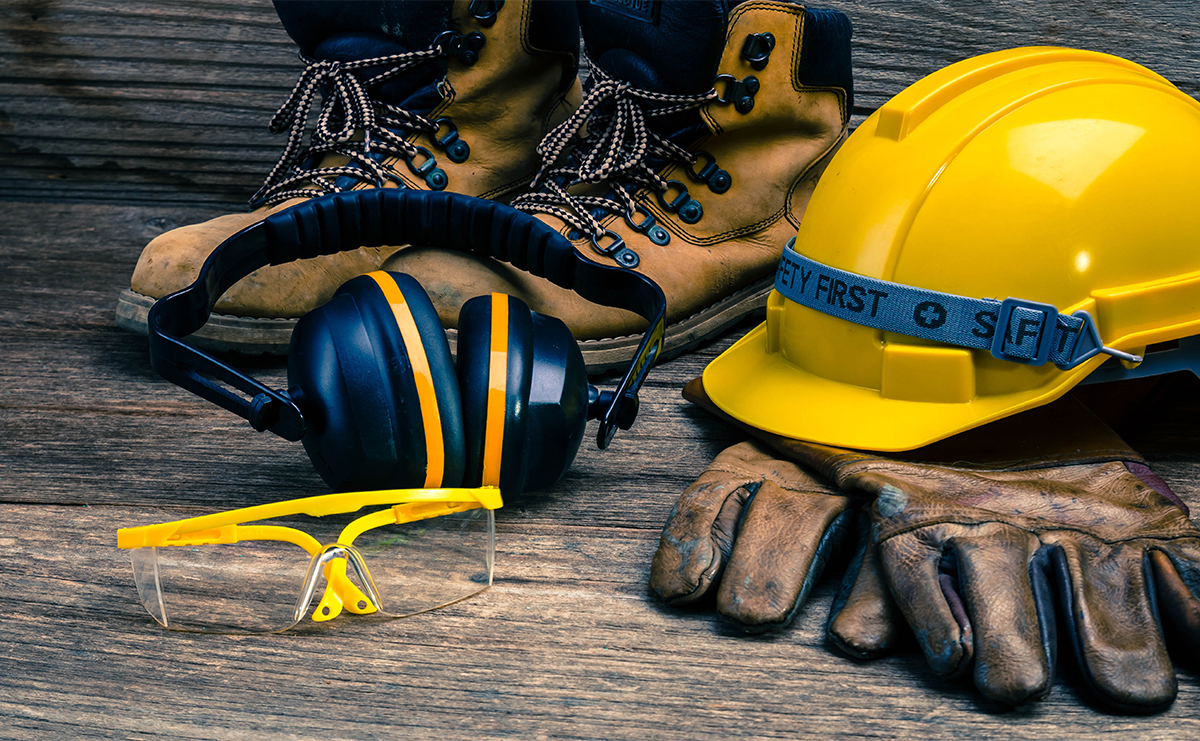
Don’t put yourself in danger by using the wrong personal protection equipment
Per OSHA, personal protective equipment, also known as PPE, is designed to protect workers from serious workplace injuries or illnesses resulting from contact with chemicals, radiological, physical, electrical, mechanical, or other workplace hazards. However, OSHA ultimately places the responsibility on the employer, as written in CFR 1910.132(d) (1).
Employers are responsible for providing a safe and healthy workplace for their employees, even though hazards exist in every workplace and in many different forms.
Although PPE is vital for the protection of others, it’s generally the last line of defense after engineering controls, work practices, and administrative controls.
Don’t just tell your workers what PPE they need to wear; show them visual PPE Identification products.
How can I identify PPE Standards?
The Center for Disease Control and Prevention (CDC) and the National Institute for Occupational Safety and Health (NIOSH) have created a PPE-Info database that serves as a compendium of Federal regulations and consensus standards PPE.
PPE-Info is a collection of national personal protective equipment information. The purpose of PPE-Info is to provide standards to developers, manufacturers, purchasers, and end-users of PPE. This comprehensive tool allows searches for federal standards, product types, and basic assessment specifications.
With PPE-Info, you have access to these resources:
- Identification of PPE standards, searchable by PPE type, hazard category, Standards Development Organization, Standard Occupational Classification (SOC) code, standard type, and status, with basic and advanced –search functions.
- A PPE-Selection Logic Tool for potential Ebola exposure.
- Identification of 3rd party testing laboratories whose scope of accreditation includes testing to the identified standard.
To ensure the information on PPE-Info is always protecting others, NIOSH is interested in feedback on improving the information provided in their database.
Comments can be filed electronically or in writing but must be received by April 13, 2017. To view the notice and related materials, visit https://www.regulations.gov and enter CDC-2017-0001 in the search field and click “Search.”
When you need to make sure you have the right PPE for your employees, follow these simple steps as noted by the Industrial Safety & Hygiene News (ISHN):
- Implement a hazard assessment: Hazard assessment is the most crucial step in PPE compliance because it is the foundation of the entire PPE program. Be realistic and open-minded – you need to completely process and understand the importance of each hazard in your work environment. The hazard assessment should be a collaborative effort, and a contributor who can detach themselves from day-to-day operational duties helps avoid conflicts.
- Understand the requirements: OSHA recommends that employers and employees work together to maintain and update the practices for ensuring the workplace has a safe and healthy environment. Employers should provide acceptable PPE training for employees, maintain clean and undamaged PPE, and regularly evaluate the effectiveness of the PPE Programs.
- Remove hazards whenever possible: OSHA recommends not relying solely on PPE to protect workers – instead, find ways to eliminate hazards. By removing risks in your work environment, you will cut down on the amount of PPE required.
- Verify PPE for specific tasks: After completing the comprehensive hazard assessment, identify the exact type of PPE that will best protect. Train employees to use the equipment properly and ensure the PPE program is effectively communicated to all.
When it comes to training your workers, ensure they understand how to wear PPE properly (per OSHA) and know how to do the following:
- Use protective equipment properly.
- Be aware of when personal protective equipment is necessary.
- Know what kind of protective equipment is necessary.
- Understand the limitations of personal protective equipment in protecting workers from injury.
- Put on, adjust, wear, and take off personal protective equipment.
- Maintain protection equipment properly.
The most effective way to ensure your employee is wearing the proper PPE in and around the workplace is to show them PPE Identification Products.
Resources:
NIOSH Wants Input on Improving PPE-Info Database
Personal Protective Equipment Information (PPE-INFO) Database
